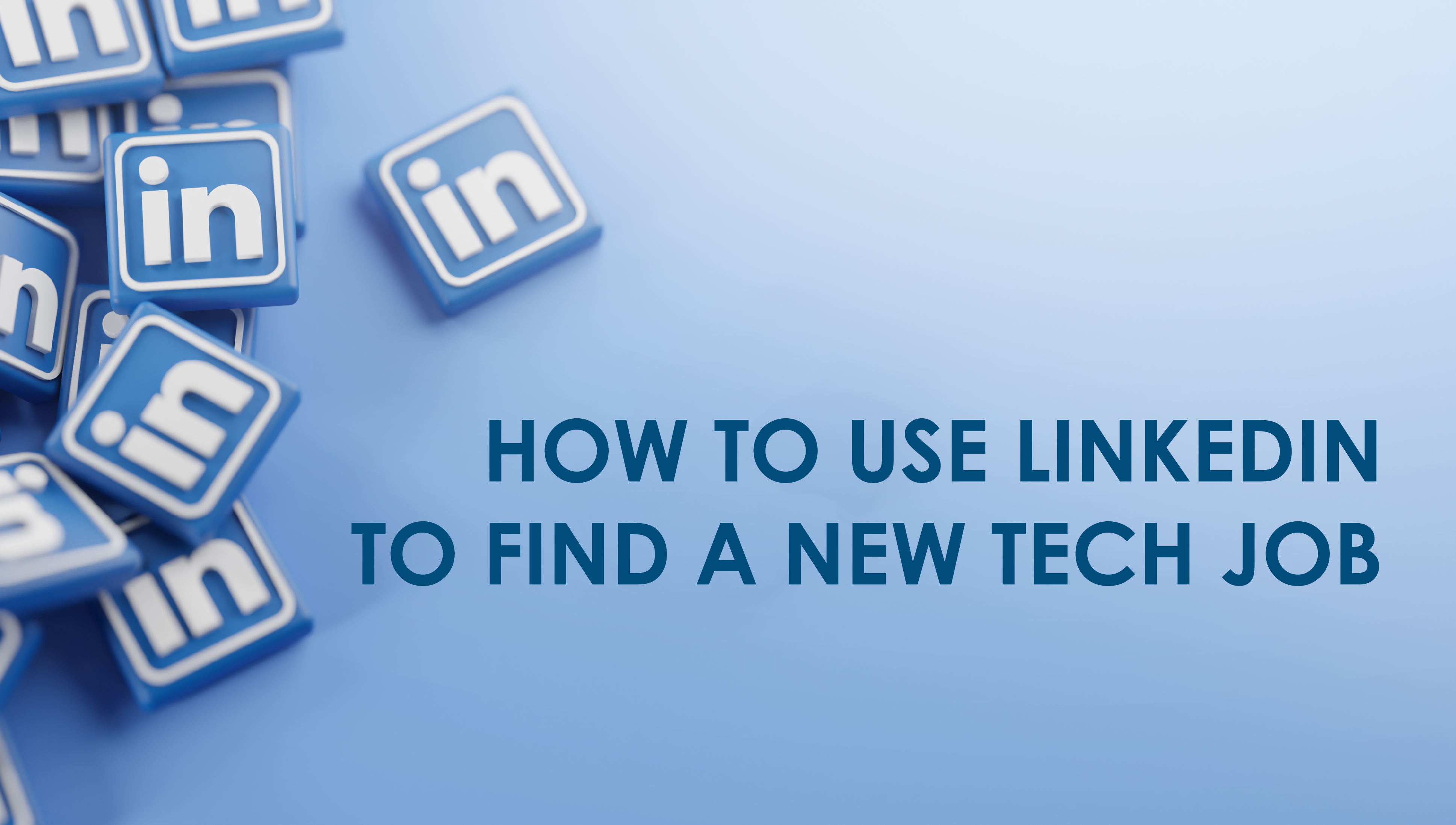With 660 million users globally, it seems like almost everyone is on LinkedIn these days. It’s the largest social networking site focused on business professionals.
And It’s not just employees and job seekers using the platform.
LinkedIn’s own report from 2018 showed that more than 20,000 companies in the U.S. rely on the site to recruit for open positions. That report also revealed that U.S. employers post more than 3 million jobs on LinkedIn every single month.
Even though plenty of people have reservations about putting personal information on social channels, it’s clear that LinkedIn is an enormous and important medium for employers hiring new employees. That means if you’re in the market for a career change, using LinkedIn will only work in your favor. In fact, plenty of people use LinkedIn exclusively when they’re on the hunt for a new job since it functions as a networking platform, resume, and job search site. Its “all-in-one” capabilities streamline the process for tech workers looking for new opportunities.
But going in blind won’t necessarily help you find a job, even if you’re in a high-demand field desperate for skilled employees. Software engineers, network architects, and cybersecurity experts need a strategy when it comes to finding a new job on LinkedIn.
Connect with recruiters
Recruiters spend their days scouring LinkedIn for potential candidates. Chances are you’ve been contacted by at least a few recruiters if you have a profile on the site. This is a good thing! It means recruiters are notifying you and think you could be a fit for an open position they’re trying to fill.
However, don’t rely on recruiters to do all the legwork here. Reach out to technical recruiters in your area and ask to connect. Write a quick note that details your background and what you’re looking for in your next role. Don’t be shy about putting yourself out there – recruiters love to network and are more than likely thrilled to send you an email, give you a call, or even meet for a coffee.
Even if the people you reach out to don’t have current openings that fit your skill set, they may have a role open up in the coming weeks or months that’s right up your alley.
Reach out to the hiring manager
Recruiters are excellent contacts to have but don’t forget about the hiring manager. If you can find out who’s hiring for the role, send a short, personalized message on LinkedIn to express your interest.
This not only puts your name front and center, but it also indicates you’re willing to take the lead and put yourself out there, rather than wait for a call after you’ve submitted an application.
Remember to tailor this message for each hiring manager – you’ll want the note to be succinct, but make it clear that you’re not just copying and pasting the same content over and over again.
Make sure your profile is updated
It should be a given, but make sure your LinkedIn profile is 100 percent complete and up to date. Your photo, career history, skills, and any other relevant information should be published, and don’t forget to list yourself as “open to opportunities.”
Follow company pages
People can be particular about the types of companies they want to work for. Some are set on startups, while others only want to work for enormous multinational corporations. Others have specific brands in mind.
If you know what types of businesses you want to work for, follow their company pages on LinkedIn. That allows you to see right away when new jobs are posted and get your application in quickly. You’ll also get updates about company news, which can provide you with some talking points if you do land an interview with one of these brands.
Similarly, you can create a “search alert” to get updates when jobs are posted that match either your skillset or specific companies you dream of working with.
Consider seeking endorsements and recommendations
It can feel awkward to ask a colleague or former manager to write you a LinkedIn recommendation or endorse your skills. Don’t let this stop you from putting yourself out there and requesting them anyway.
Having a strong, detailed recommendation from someone shows potential employers you’re a great person to have on the team, and those endorsements just confirm what you’ve likely already listed on your resume.
To show your appreciation, return the favor and give these people some endorsements or recommendations.
Ask connections for a referral when you apply
One of the benefits of LinkedIn is the ability to see if anyone you’re connected to already works at a company where you’re submitting an application. Maybe an old coworker from years ago has moved on and is now employed with a business searching for a senior Java developer.
This in itself is useful, but you can now also ask those connections for a referral when you apply via LinkedIn.
Referrals are enormously beneficial to candidates and usually carry quite a bit of weight with hiring managers. LinkedIn’s own research shows 85 percent of roles are filled via networking of some kind. A connection who is willing to give a referral and can speak strongly of your abilities will give your LinkedIn application a big boost.
With a bit of strategy and some luck, you’ll be well on your way to counting yourself among the people who have successfully used social media to get yourself a new job.





